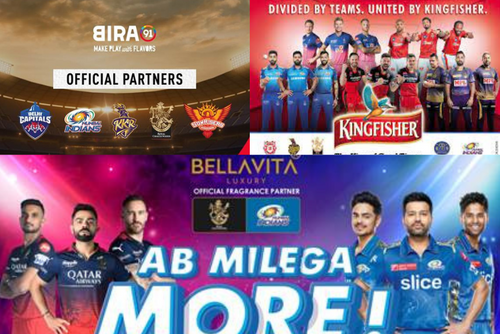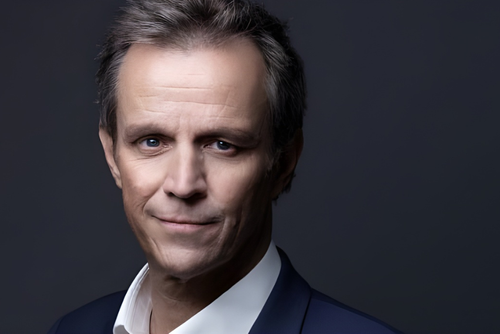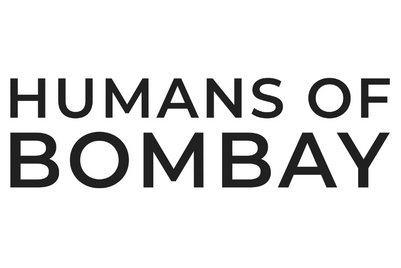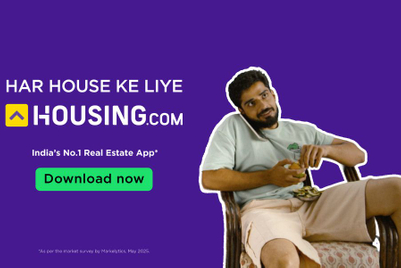
Have you ever felt regret or guilt about a decision you've made and found yourself questioning why on earth you made it? Those new shoes… that one more pint…that extra bar of chocolate…
Of course you have; we all have, we're only human. And it normally happens when we have the right predisposition to make emotional rather than rational decisions.
It's the way we're wired
It’s the way we're wired - to predominantly make fast, heuristic decisions and to behave irrationally rather than logically, even when we think we're being rational.
This means that we’re influenced by external factors to a far greater extent than we realise. Some of us are far more susceptible to persuasion than others, but even those of us who believe we can’t be influenced are frequently wrong. As David McRaney notes in his book, ‘You Are Not So Smart’ – we aren’t as smart as we like to think we are.
External factors
Our pace of life doesn’t afford us the luxury of time to compute every decision we make. As a result, we are largely prone to making decisions based on past experiences, existing knowledge – and outside influences.
The weather is a common external factor that can influence our behaviour; we are far more likely to reach for a cold drink in higher temperatures, for example. This knowledge was exploited by Coca Cola, who developed a vending machine that dynamically changed the price of its dispensed drinks based on the temperature. The hotter the weather, the more expensive a drink would be.
A slightly less transparent case study is discussed in the book ‘Freakanomics.’ Here the author Steven Levitt cites a case of dropping street crime in the Bronx back in the 1960s and 70s. Whilst many concluded it was down to the then Mayors’ crack down on crime and zero tolerance policing, the author looked at other external data that might explain what was really going on.
It transpired that the most likely cause was the introduction of legislation that legalised abortion in the US at that time, resulting in significantly fewer unwanted births. Consequently, a whole generation of young men who would have been the right age and demographic to have a high propensity to commit those street crimes just hadn’t been born.
Perception is reality
Other external factors that can influence how we think are those that are introduced to create a behaviour change.
Dove in the US have just used behavioural economics in a short film – in this case, the power of perception in changing behavior – and told a story to connect with Dove women.
Dove created ‘Beauty Patches’ for women who have low confidence and self-esteem. A number of women were given a patch to wear for a couple of weeks and were asked to keep a video diary to record their progress.
They returned two weeks later to report that they’d experienced a positive improvement in a variety of things, including an increased number of positive comments from others about how good they looked, and an overall feeling of being and looking more beautiful. As a result, they all feel more confident.
When asked what the patch contained, the answer was ‘nothing’. Their belief in the placebo placed on their arms was enough to influence their perception of what was happening to them and how they felt about themselves.
Behavioural economics helps us to identify the triggers that prompt us to think and act in certain ways; in this case the ‘external factor’ was the placebo, introduced to change women’s perceptions of themselves.
Story-telling
An understanding of how humans think and the effect that external factors play is key for brands looking to make an emotional connection with consumers. It makes the proposition and creative idea far more effective.
This is only part of the challenge though; to really make the message ‘stick,’ a story must be told. Insights are essential fuel for thinking and for creating relevant and effective communications, but telling a story is a compelling way to engage consumers and prompt them to take action.
So next time you lose yourself in the data and the science, just remember that there’s noise to cut through and, at the end of it all, a set of behaviors to understand and a human connection to be made – a story to tell.
And who doesn’t like a good story?
(The author is head of strategy, digital agency Tangent Snowball, UK. This article first appeared on marketingmagazine.co.uk)




.jpg&h=334&w=500&q=100&v=20250320&c=1)


.jpg&h=334&w=500&q=100&v=20250320&c=1)
.jpg&h=334&w=500&q=100&v=20250320&c=1)
.jpg&h=334&w=500&q=100&v=20250320&c=1)

.jpg&h=334&w=500&q=100&v=20250320&c=1)
.jpg&h=268&w=401&q=100&v=20250320&c=1)

.jpg&h=268&w=401&q=100&v=20250320&c=1)


.jpg&h=268&w=401&q=100&v=20250320&c=1)


